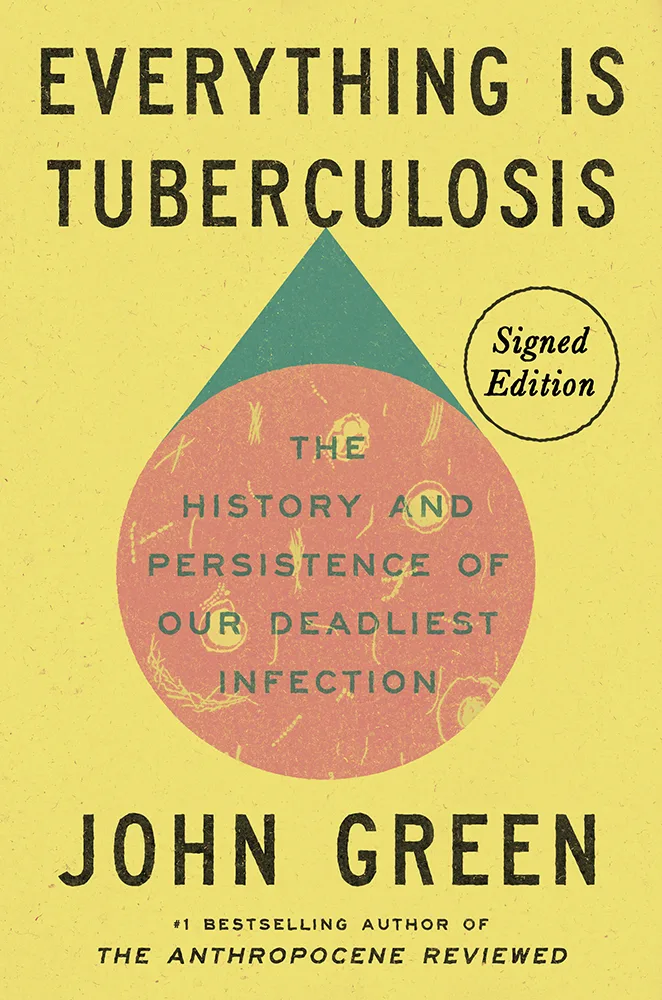
Everything is Tuberculosis
About every 20 seconds, somebody dies from tuberculosis, a disease that has had an effective treatment since 1943.
Tuberculosis (TB) is an illness that was once romanticized in Victorian England and known as consumption. It usually affects the lungs and is caused by the bacterium Mycobacterium tuberculosis. Once contracted, the rod-shaped bacteria settle in the lungs, grow, and reproduce, spreading to other body parts through blood.
TB can only be spread by people with active TB, who — unlike people with inactive TB — experience symptoms and are contagious. Drug-resistant TB (DR-TB) is another variation of the disease, where the bacteria have become resistant to certain drug treatments.
Despite the scientific advancement that has occurred to develop a vaccine for TB, understand its different forms, and how to diagnose and treat those forms, current improvement upon these facets has crept along slowly due to insufficient funding and attention.
The Seattle Tuberculosis Research Advancement Center (SEATRAC) is changing this through their efforts to train the next generation of TB researchers and catalyze new research areas.
SEATRAC director Dr. Chetan Seshadri worked as a physician in India and Africa, where he treated patients with TB and witnessed how diagnostic tests and treatments were not meeting patient needs.
“I thought I could spend the rest of my career as a physician trying to apply these second-rate tools, or I could take a step back and be part of an effort that's trying to make things better for the providers,” Seshadri said. “And I think that was kind of my inspiration [to become a researcher], even though I had no background in research.”
There has been an effective treatment for TB since 1943, when Selman Waksman, Albert Schatz, and Elizabeth Bugie identified the first TB antibiotic, streptomycin. Additionally, in 1921, Albert Calmette and Jean-Marie Camille Guérin developed the BCG vaccine. However, the BCG vaccine — which is now over 100 years old — only prevents infants from developing TB, as its effectiveness weakens over time and does not protect adults.
“What we need most is a highly effective TB vaccine,” SEATRAC consultant and UW assistant professor Dr. Adrienne Shapiro said in an email. “The vast majority of the 1.8 million people who died of TB last year were vaccinated with BCG as babies, and it's just not enough.”

Seshadri recently sat down with bestselling author, YouTuber, and TB-opposer John Green in Kane Hall to discuss why TB research is stagnant during a March 28 event for Green’s new book, “Everything Is Tuberculosis.”
In his book, Green argues that this stagnation has in part been caused by widespread health care inequities and stigmatization of the disease.
“We think of tuberculosis as biological, but I would argue it's as much of a social phenomenon as it is a biomedical one,” Green said in an interview with The Daily.
Green and Seshadri also discussed how the withdrawal of funding to the National Institutes of Health (NIH) and United States Agency for International Development (USAID) had immediate effects on people with TB and will continue to affect more people.
“Funding cuts to USAID interrupted critical clinical trials for new, better diagnostic tests for TB and also new treatments for TB,” Shapiro said in an email. “We were so close to having the results from some of those trials, but when funding was cut, much of that progress was lost.”
SEATRAC has also had their federal funding withheld, meaning the center may have to suspend some of their activities. According to Seshadri, SEATRAC has still not received grant money from the NIH despite already having been awarded the grant.
Seshadri has been vocal about how the Trump administration has affected his work and how their actions will affect millions of people with TB across the world. He expressed that someone well known like John Green writing a book about why everything is tuberculosis will hopefully inspire more people to care about people with the disease.
“He's such a talented, eloquent writer and speaker … that he chooses to put that energy to this, it's an absolute blessing,” Seshadri said. “He could do anything he wanted, but he chooses this. So I've got nothing but admiration.”
In the time it took you to read this article, approximately nine people will have died from TB. Organizations like Partners In Health and TBFighters continue to fight against health care inequities and provide aid for people with TB. Nonetheless, through withholding and rescinding funding from numerous U.S. institutions, the Trump administration’s actions have put millions of people with TB at risk of treatment interruptions and developing more severe and lethal cases.
-Written by McKenna Sweet, The Daily